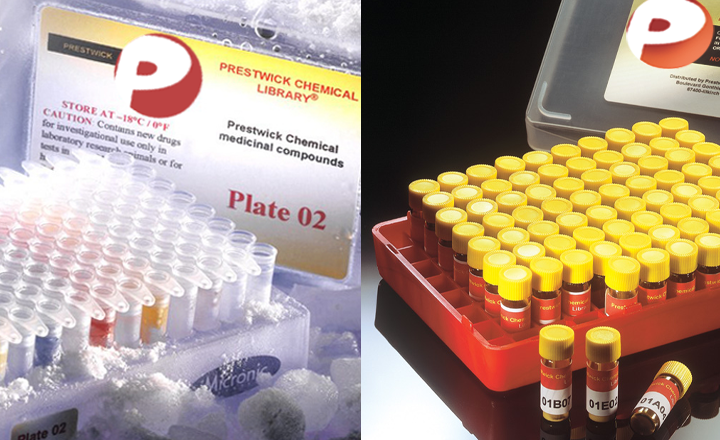Establishment of human papillomavirus infection requires cell cycle progression
Pyeon D, Pearce SM, Lank SM, Ahlquist P, Lambert PF
PLoS Pathogens - vol. 5 (2009)
PLoS Pathogens
Human papillomaviruses (HPVs) are DNA viruses associated with major human cancers. As such there is a strong interest in developing new means, such as vaccines and microbicides, to prevent HPV infections. Developing the latter requires a better understanding of the infectious life cycle of HPVs. The HPV infectious life cycle is closely linked to the differentiation state of the stratified epithelium it infects, with progeny virus only made in the terminally differentiating suprabasal compartment. It has long been recognized that HPV must first establish its infection within the basal layer of stratified epithelium, but why this is the case has not been understood. In part this restriction might reflect specificity of expression of entry receptors. However, this hypothesis could not fully explain the differentiation restriction of HPV infection, since many cell types can be infected with HPVs in monolayer cell culture. Here, we used chemical biology approaches to reveal that cell cycle progression through mitosis is critical for HPV infection. Using infectious HPV16 particles containing the intact viral genome, G1-synchronized human keratinocytes as hosts, and early viral gene expression as a readout for infection, we learned that the recipient cell must enter M phase (mitosis) for HPV infection to take place. Late M phase inhibitors had no effect on infection, whereas G1, S, G2, and early M phase cell cycle inhibitors efficiently prevented infection. We conclude that host cells need to pass through early prophase for successful onset of transcription of the HPV encapsidated genes. These findings provide one reason why HPVs initially establish infections in the basal compartment of stratified epithelia. Only this compartment of the epithelium contains cells progressing through the cell cycle, and therefore it is only in these cells that HPVs can establish their infection. By defining a major condition for cell susceptibility to HPV infection, these results also have potentially important implications for HPV control.


